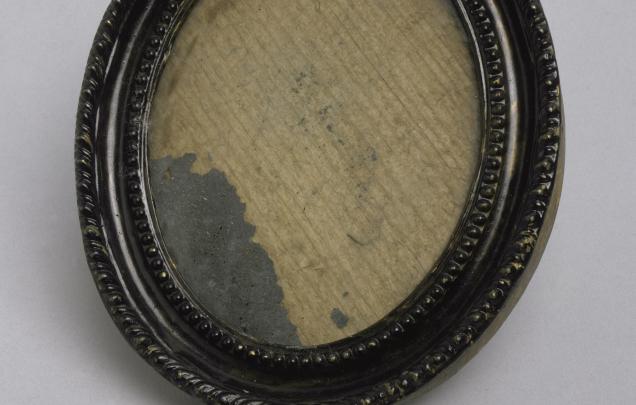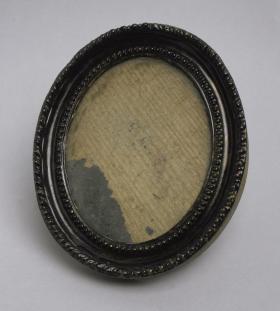Look at Me
Students investigate personal grooming for people living in the colony.
This is the student activity 1 of 7 of the Convict clothing learning activity.

Look at Me
We all like to look our best when facing the world, but the challenges of personal grooming for the convict were considerable. With no access to toiletries of any description, apart from soap (when it was available), the comfort levels of the convicts must have been very low.
Read Surgeon Arthur Bowes Smyth recollection of November 1787 when he was onboard the ship, Lady Penrhyn, in England. He was given,
…some great & small Tooth Combs to deliver out to the Convicts at my discretion.
We know that scissors, razors and combs came out on the First Fleet.
Answer this question:
- In terms of personal grooming what could the convicts use the scissors for?
Read what all of these men; Governor Arthur Phillip, Lieutenant William Bradley, Surgeon Arthur Bowes Smyth, Judge David Collins and Lieutenant Philip Gidley King, mentioned in their records,
looking glass.
Look at this image of a looking-glass that belonged to a navigator who arrived in Sydney in 1802. It would have been the same as those owned by the men mentioned above who all arrived on the First Fleet.
Answer these questions:
- What is a looking-glass?
- What is mostly missing from the looking-glass in the photo? [Answer in Additional Information.]
- Do you think the convicts would have used one? Do you think they might have liked to?
- What is the difference between a looking-glass, a spy-glass and a night-glass? [Answer in Additional Information.]
One of the convicts, William Brice, had been sentenced to 7 years transportation on the First Fleet for having stolen a looking glass.
Governor Arthur Phillip named a part of Sydney Harbour, Looking Glass Bay. Find it on a map.
Answer this question:
- Why do you think he named it that?
Soap was distributed to convicts but perhaps not enough. Read Surgeon John White’s entry in his journal in November 1788.
A criminal court sentenced a convict to five hundred lashes for stealing soap, the property of another convict.
While the convicts were stealing soap, Second Lieutenant Newton Fowell was probably counting and measuring his pile. He had brought 25 kilos of soap with him! We can assume he kept himself very clean.
Read what Captain Watkin Tench was doing in April 1789.
A warm bath [was] being prepared.
Answer this question:
- Were convicts having warm baths with lots of soap?
Over time and with ingenuity using locally sourced materials there would have been makeshift replacement tools created to help with personal grooming.
Answer these questions:
- What could have been used to brush your teeth?
- How do you think that they may have dealt with head lice, bad breath, ear wax and the lack of toilet paper and deodorant?
Design a convict care package. Decide what you would put in it. Consider all the personal grooming people do today; showering, washing, brushing and styling your hair, shaving, manicures and pedicures, putting on deodorant, moisturisers and lotions and sun protection for your face, and don’t forget - going to the toilet!
Answer these questions:
- What personal items do you think the convicts might be missing the most?
- If you were a convict what items would you miss?
Write a note to put with your convict care package.
